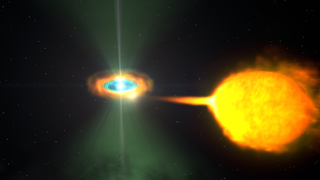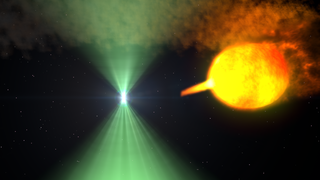| Previous Tape | Next Tape |
Goddard TV Video Tape: G2014-055 -- Transformer Pulsar |
||
Movie |
Title |
|

|
NASA's Fermi Catches a 'Transformer' Pulsar | |

|
PSR J1023, A 'Transformer' Pulsar--Animations | |